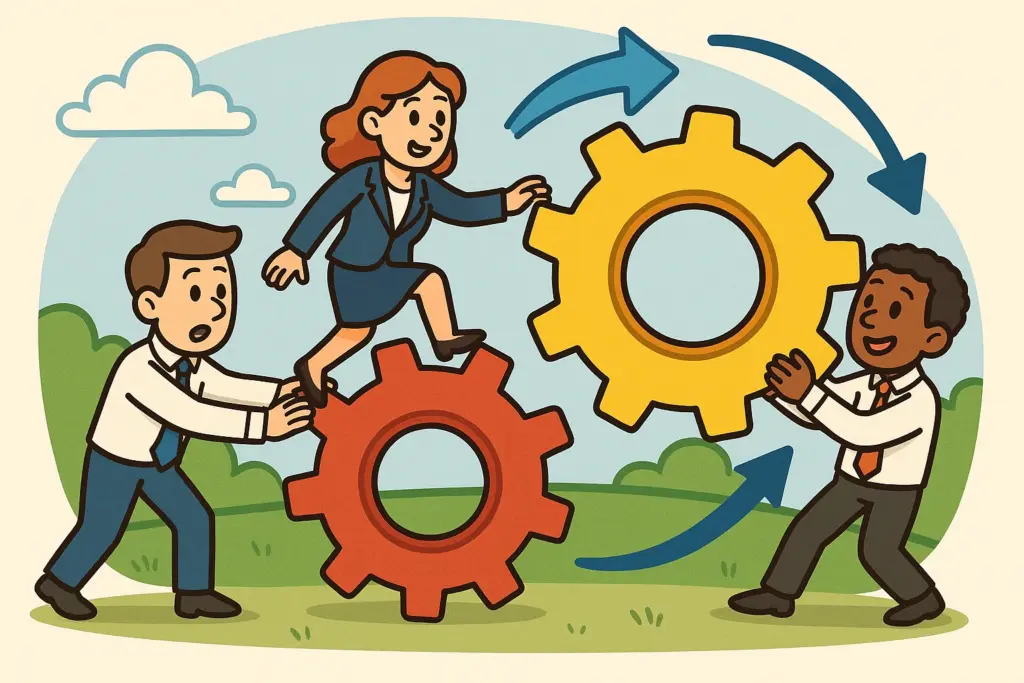1 min read • 85 words

J.T. Knudsen
Red Tree Leadership & Development
“75% of corporate change initiatives fail.”
– Harvard Business Review
Typical Manager’s Reaction When Things Aren’t Working
They hit the MORE button:
- More time
- More money
- More resources
- Until finally you hit the panic button
The button that should be pressed is the HOW (or question) button.
Ask Better Questions
- What can we do about this?
- What do you think?
- What is stopping us right now?
- Do we have a clear vision of what we are aiming for?